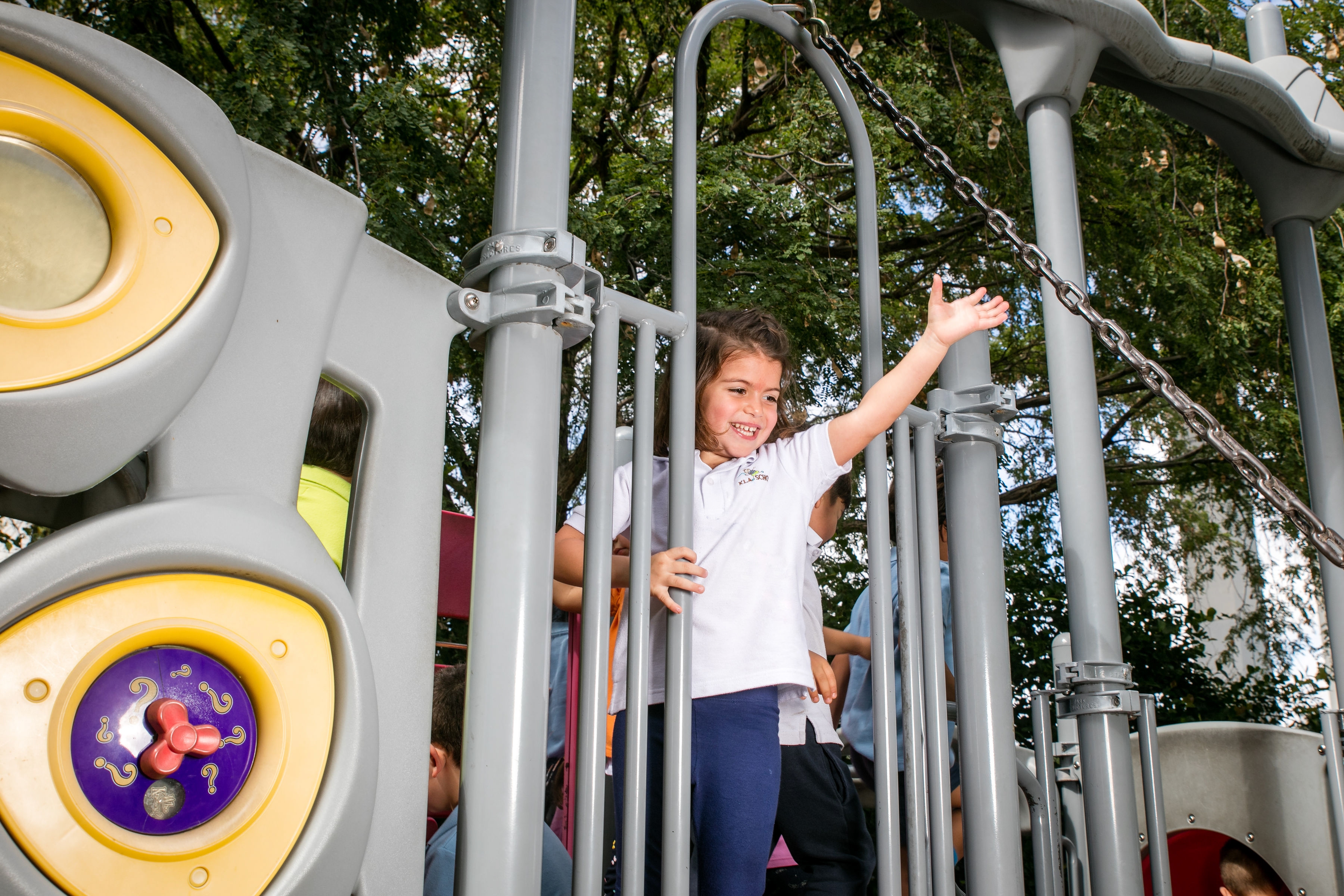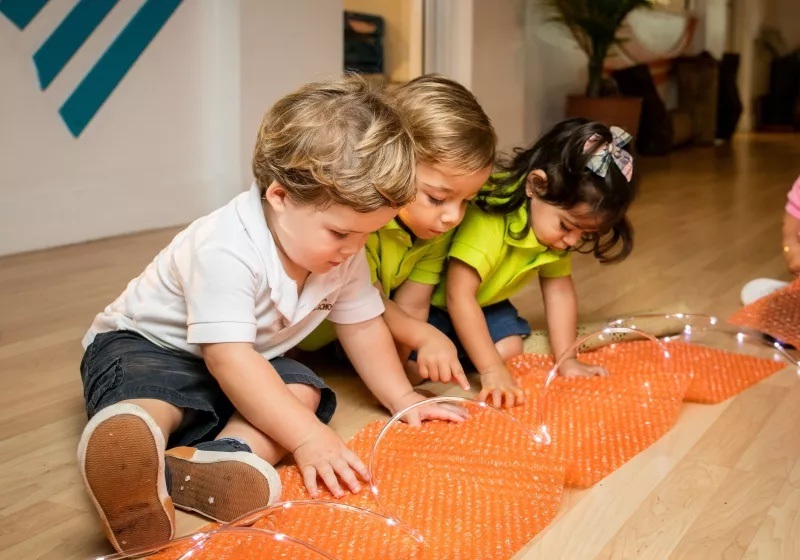What to Look for in a Reggio Emilia Curriculum
In the Reggio Emilia early childhood educational philosophy, there is an expression: “A child has a hundred languages.” These languages – which include things like art, music, clay, dancing, building, digging in the dirt, writing, playing pretend – are how children build knowledge and make sense of the world around them.
Reggio Emilia was hailed by Newsweek as the “best preschool approach in the world." At KLA Schools, we’re proud to offer a Reggio Emilia-inspired curriculum.
If you’re looking for a Reggio Emilia preschool, here are some things to look for in the curriculum:
- A child-focused, multisensory approach where children learn by doing. Reggio Emilia curriculum stems from a child’s curiosity, sparked by talking with children and their families as well as by readily known interests.
- A holistic approach to learning that’s fun and directed by a child’s own interests. For example: learning about dinosaurs often leads to a math experience adding dinosaur figurines, writing a story about dinosaurs, and a science experience about dinosaurs in the garden.
- Real-world interactions and environmental learning experiences. For example: learning social and emotional skills while counting money and doing math in the classroom restaurant, or learning literacy and motor skills while planting and documenting growth in the classroom garden.
- Student experiences fostered by positive, caring relationships with their teachers. At KLA Schools, our teachers document your child’s thought process each step of the way, and each child’s learning process is respected.
- Collaborative long-term projects that enable children to explore, analyze, and evaluate various concepts and topics. A Reggio Emilia curriculum accounts for the fact that children often learn more from the process of learning itself.
- Integrated STEAM learning. At KLA Schools, our classrooms feature age-appropriate technology materials, and children are always encouraged to build, create, theorize, question and dream. Science, technology, engineering, art, and math are integrated into our curriculum and practiced in the children’s everyday school life.
By providing experiences based on their interests, children are more likely to enjoy their time at school and more likely to learn the academic, social, and emotional skills they need for life.

